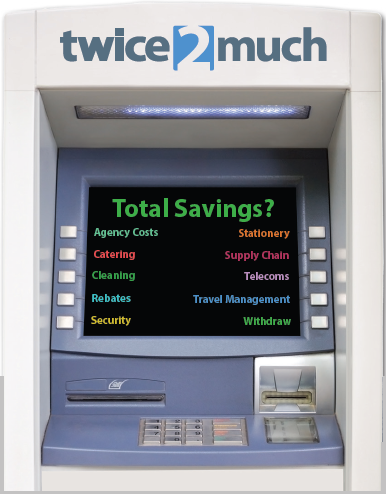Effective Strategies for Selling Educational Technology to University Procurement Departments
In the rapidly evolving landscape of educational technology, creating tools that resonate with university institutions requires a strategic approach. If you’re developing innovative learning solutions—such as interactive platforms for STEM education—understanding how to effectively present and sell your product to university procurement teams is essential. Here’s a comprehensive guide to navigating this process, illustrated by a pioneering project aimed at enhancing STEM learning through interactive visualization and coding.
Developing a Cutting-Edge STEM Learning Platform
Imagine a digital tool designed to make math and physics engaging, accessible, and fun for students. This platform enables learners to visualize complex mathematical concepts and physics phenomena through animations, simulations, and interactive visualizations. Whether it’s understanding calculus through dynamic graphs or exploring projectile motion via simulated experiments, the goal is to transform abstract concepts into tangible learning experiences.
Key features of such an educational platform include:
-
Visualization Capabilities: Empower students to create animations and simulations that illustrate intricate topics like wave mechanics or differential equations, thereby fostering deeper comprehension.
-
Interactive Content Creation: Allow students to develop their own visualizations, promoting active learning and engagement.
-
Hands-On Coding: Integrate coding exercises that enable students to write programs solving real-world problems, reinforcing theoretical understanding through practical application.
How to Approach University Procurement for Educational Tech
Selling educational tools to universities involves understanding the procurement process and addressing the specific needs of academic institutions. Here are strategic steps to facilitate successful engagement:
-
Identify Decision-Makers and Stakeholders: Typically, procurement departments, faculty committees, and IT administrators review and approve new software. Tailoring your pitch to highlight benefits relevant to each group is crucial.
-
Align with Educational Objectives: Emphasize how your platform supports curriculum goals, enhances student engagement, and aligns with the institution’s mission to promote STEM education.
-
Demonstrate Value and Outcomes: Provide evidence of effectiveness through pilot studies, user testimonials, or data showing improved student understanding and engagement.
-
Ensure Compatibility and Accessibility: Highlight your platform’s ease of integration into existing systems, compliance with accessibility standards, and scalability.
-
Offer Pilot Programs and Demos: Engage decision-makers with live demonstrations and trial periods, allowing them to experience firsthand how your tool enhances the learning experience.
-
Prepare Comprehensive Documentation: Provide clear technical documentation, user guides, and support plans to facilitate the procurement and implementation process.
Communicating the Educational Impact
When presenting your product, focus on how


Leave a Reply